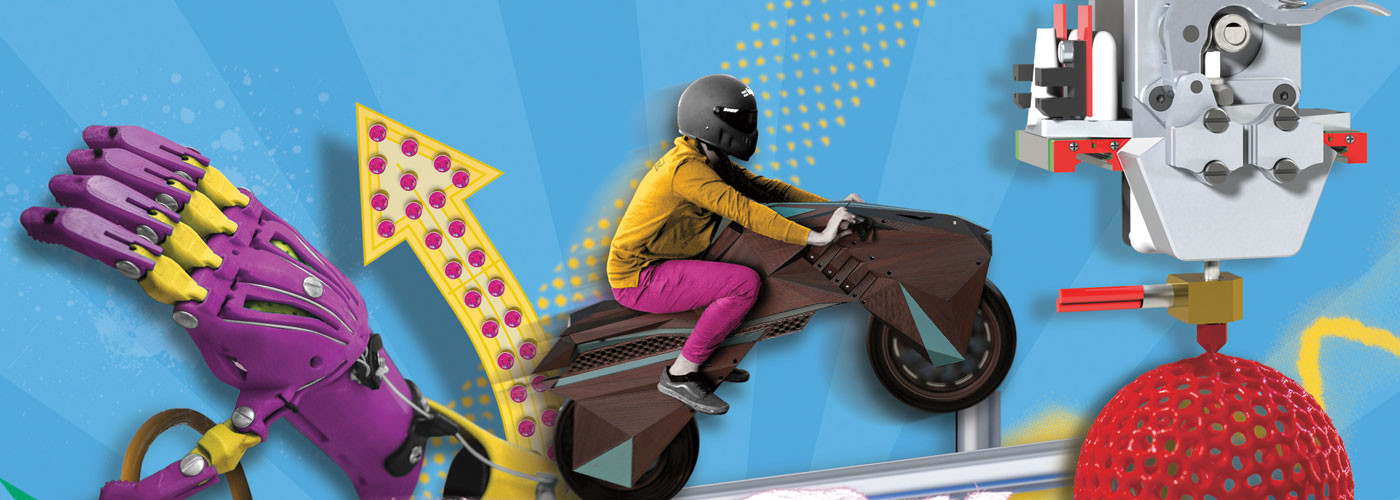Imagine waking up one day and—poof!—there’s a new school right across the street. It seems to have appeared overnight.
This may sound like magic, but it happened recently in the African country of Malawi. A small village there is now home to the world’s first 3-D printed school. Its concrete walls were built in just 15 hours.
Before the school opened in June 2021, kids in the area had to walk miles to reach school. That’s a common problem in Malawi, which the United Nations estimates needs about 36,000 more classrooms to meet demand. Building that many classrooms would ordinarily take 70 years, experts say. But with the help of 3-D printers, the job could be done in less than a decade.
Imagine waking up one day and poof! There is a new school right across the street. It seems to have appeared overnight.
This may sound like magic. But it happened recently in the African country of Malawi. A small village there is now home to the world’s first 3-D printed school. Its concrete walls were built in just 15 hours.
Before the school opened in June 2021, kids in the area had to walk miles to reach school. That is a common problem in Malawi. The United Nations estimates that Malawi needs about 36,000 more classrooms to meet demand. Experts say building that many classrooms would ordinarily take 70 years. But the job could be done in less than a decade with the help of 3-D printers.

